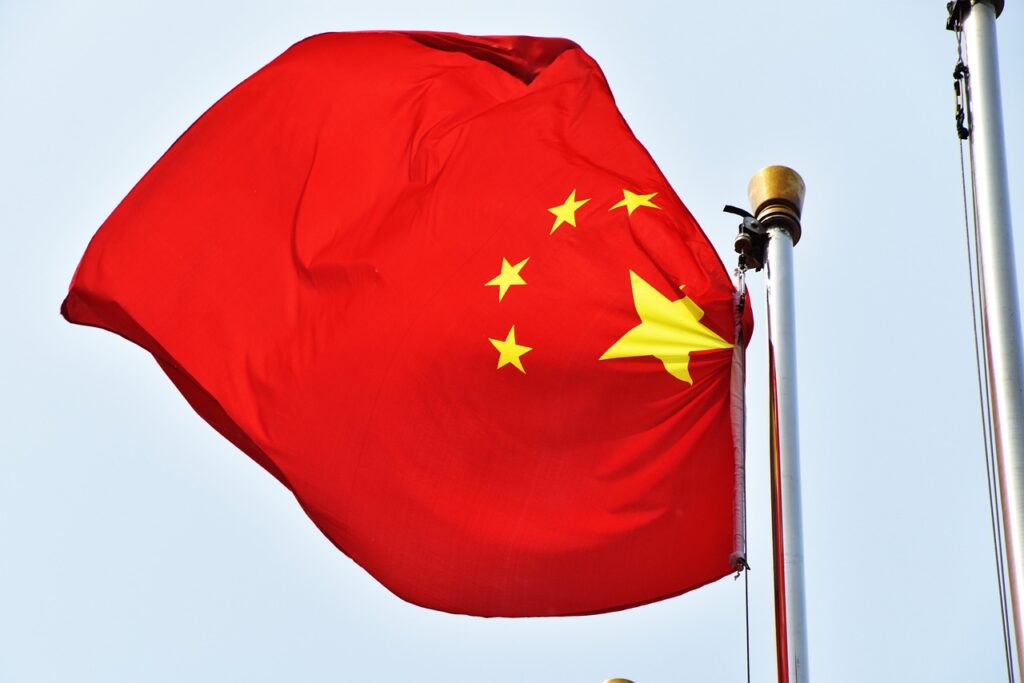Insider Brief
- China has launched a 2030 action plan to strengthen its national metrology capabilities, focusing on advanced semiconductor, quantum, and rare earth measurement technologies.
- The plan targets over 50 core metrology technologies, including chip-scale metrology, quantum sensing, and rare earth magnet standards, amid rising U.S.-China tech tensions.
- China aims to develop more than 20 global metrology benchmarks and 100 new devices to support industries from AI and defense to environmental monitoring and space.
China has announced an ambitious five-year plan to overhaul its metrology capabilities, targeting strategic breakthroughs in semiconductor measurement and quantum sensing that could shape the future of global technology supply chains.
The 2030 action plan, released by the State Administration for Market Regulation in May, outlines a sweeping effort to close gaps in China’s national measurement infrastructure. The effort, reported by the South China Morning Post (SCMP), places a particular focus on advanced chip technology and quantum-scale precision, two domains at the heart of the U.S.-China technology rivalry.
Metrology, the science of measurement, underpins nearly every modern technology, from atomic clocks and GPS systems to the manufacture of semiconductors and electric vehicles, the newspaper reports. In industries where components are measured at the nanoscale and tolerances are near-atomic, even the smallest improvements in precision can yield significant competitive advantages.

The new plan comes at a time when the stakes in metrological supremacy are high. Both the United States and China are racing to secure dominance in fields such as artificial intelligence, microelectronics, and quantum information science. As the South China Morning Post reports, China’s action plan is not just about technical upgrades—it is a response to growing international tensions and export restrictions that have limited Beijing’s access to foreign measurement tools and technologies.
Quantum Push and Strategic Independence
One of the most ambitious aspects of the plan involves quantum metrology — technologies that harness the physical laws of quantum mechanics to achieve measurement precision beyond the limits of classical systems.
As outlined in SCMP, the plan calls for the development of “distributable quantum measurement standard reference devices.” This includes technologies like quantum gyroscopes, which can provide ultra-precise navigation capabilities without relying on GPS. Such systems have applications in aerospace, undersea navigation and even military guidance systems.
Beyond hardware, China also aims to reform measurement standards themselves. Research will focus on “reproduction and quantum reform of the metric system,” suggesting an intent to redefine how certain physical quantities are calibrated. This could ultimately shift reliance away from Western-dominated standards institutions like the International Bureau of Weights and Measures (BIPM).
These goals align with Beijing’s broader strategy to achieve self-reliance in core technologies. According to SCMP, the metrology plan supports the 2021–2035 national metrological development goals, which aim to transform China into a global leader in measurement science.
The government’s roadmap includes developing more than 20 world-class metrology benchmarks and producing over 100 innovative devices and standardized reference materials by the end of the decade.
High-Tech Flashpoints
Two other sectors receiving attention in the action plan — semiconductors and rare earth magnets — are also the most geopolitically sensitive.
On one front, the United States continues to tighten restrictions on chip exports to China under national security justifications. These restrictions cover everything from advanced lithography tools to AI-capable chips. In response, China is ramping up domestic capabilities to measure, validate and optimize chip performance at home.
According to SCMP, the action plan highlights goals like expanding chip-scale metrology and developing neural network chip testing platforms, as well as devices capable of measuring nanoscale integrated circuits. These instruments are vital to designing and producing cutting-edge chips used in smartphones, data centers and military systems.
Meanwhile, rare earth magnets represent another strategic battleground. These powerful magnets, often made from alloys of elements like neodymium and dysprosium, are essential for electric motors, precision-guided missiles and clean energy technologies. China currently processes over 80% of the world’s rare earth materials.
In April, the Chinese government placed new export restrictions on seven rare earth elements, a move widely seen as retaliation following new U.S. tariffs, according to SCMP. The 2030 action plan now commits to boosting domestic metrology for rare earth production, enhancing China’s ability to control quality and production without relying on foreign standards.
Responding to Global Moves
China’s metrology plan also reflects a tit-for-tat strategy as the United States steps up its own efforts in precision measurement. Last year, the U.S. Department of Commerce’s CHIPS for America program launched a metrology initiative focused on improving tools for semiconductor research and fabrication.
As chip designs become more complex and fabrication scales down to atomic dimensions, traditional measurement methods have struggled to keep up. To produce and verify devices with billions of transistors in nanometer-scale footprints, nations must invest in new metrology tools that can operate with ultra-high precision in cleanroom and high-radiation environments.
Beijing’s action plan recognizes this need. According to SCMP, the roadmap calls for improving metrology across extreme environments, including nuclear facilities, space exploration missions, and other high-risk or hard-to-access domains.
Other fields mentioned include artificial intelligence, advanced sensing, environmental monitoring, disaster prevention, and food safety, all areas where data fidelity and calibration precision are essential to public trust and industrial success.
State-Backed and Military-Aligned
The announcement was first covered in Science and Technology Daily, a newspaper affiliated with China’s Ministry of Science and Technology. It is widely viewed as a mouthpiece for China’s military-industrial complex. While the action plan is being presented as a national scientific endeavor, its alignment with military and dual-use technologies — like quantum navigation and satellite metrology — suggests strategic ambitions as well as industrial ones.
The roadmap also includes measures to build new scientific platforms and national comparison centers that facilitate industry-academic-government collaboration. These platforms would allow Chinese companies and institutions to jointly develop and validate technologies, bypassing reliance on international partners increasingly subject to geopolitical scrutiny.
Looking Ahead
Beijing’s latest metrology push marks a new phase in the technology rivalry between the U.S. and China, one focused less on flashy product innovation and more on the invisible scaffolding that supports modern industry.
Experts suggest, if successful, China’s investment in quantum-scale, chip-level, and rare earth measurement tools could serve as a foundation for broader technological self-sufficiency — and give Beijing more leverage in a fragmented and contested global tech landscape.


















